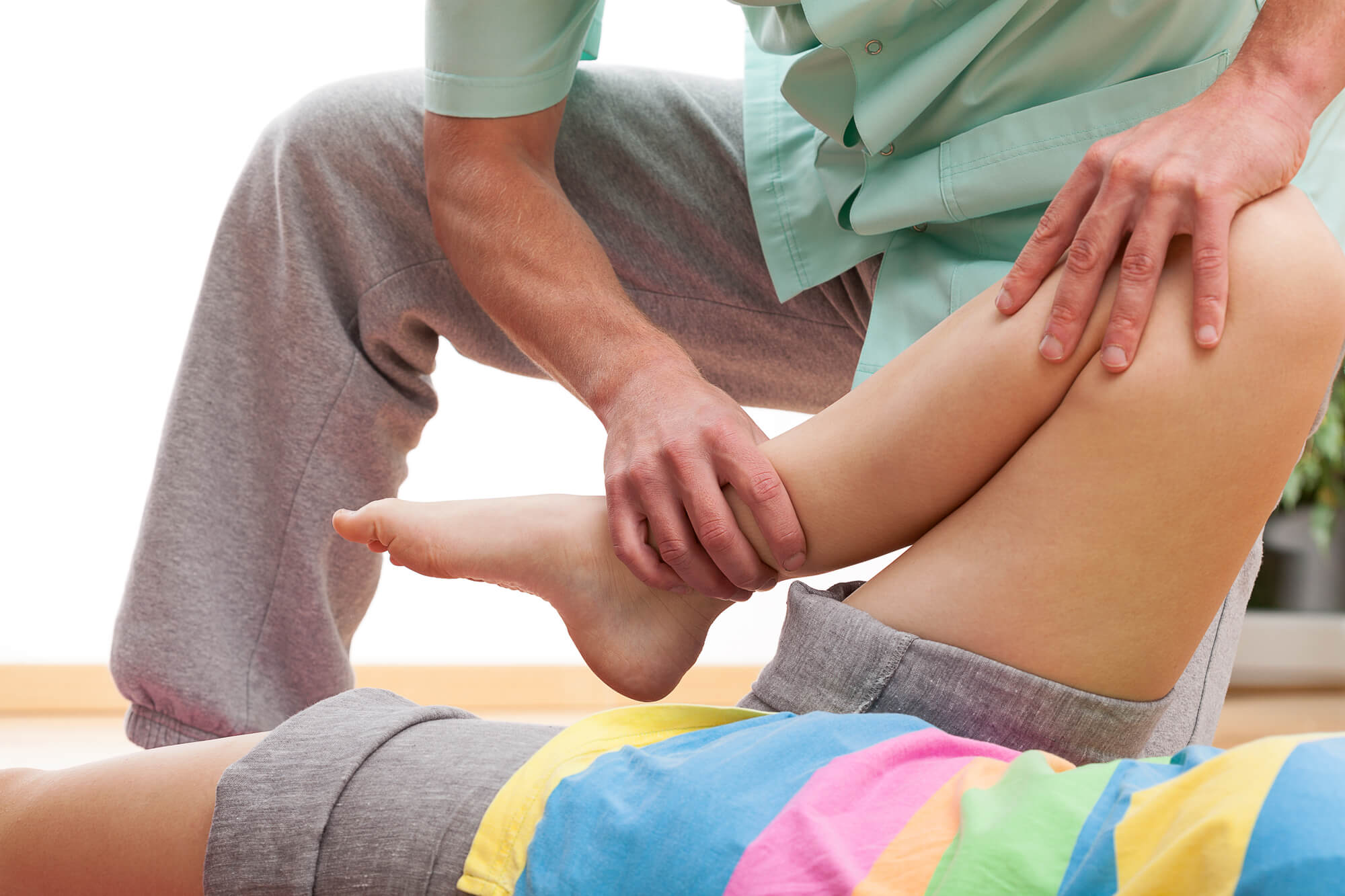Spine Rehabilitation After a Spinal Injury
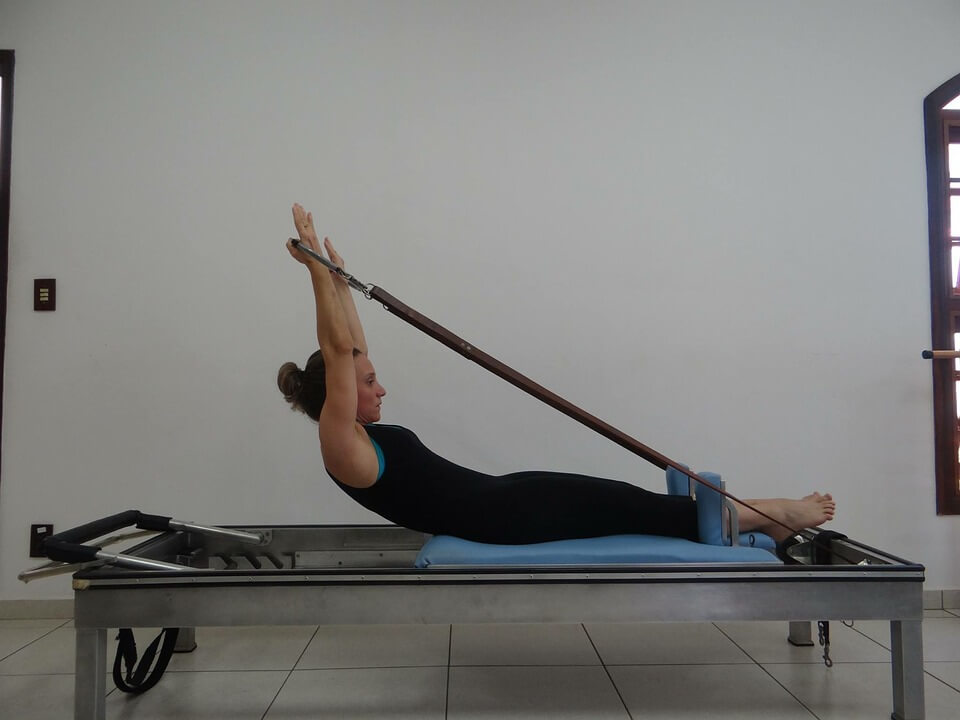
Rehabilitation after spinal cord injury (SCI) can be a frustrating ordeal—and the severity of your injury may tell how long the rehab process will be for you. Fortunately, a team of multidisciplinary medical specialists will guide you to your recovery.
Doctors, nurses, occupational therapists, physical therapists, psychologists, speech therapists, orthotists, and recreational therapists are some of the health care professionals who will help reduce your pain and regain function.
SCI rehabilitation is a wide-reaching process. Of course, it includes a physical conditioning program (eg, strengthening muscles and relearning how to do basic tasks). But there’s also a mental and emotional component that helps you come to terms with the extent of your spinal damage, loss of independence, and financial impact. Rehabilitation following a spinal cord injury may include a physical conditioning program that includes exercise to strengthen muscles.
Physical Therapy’s Role in Spine Rehabilitation
A physical therapist is a key member of your SCI rehab team. He or she will help you regain function, improve mobility, and prevent complications that may arise years after the initial traumatic injury.
A physical therapy (PT) program after SCI likely includes the following:
- Strength training
- Cardiovascular exercise
- Respiratory conditioning
- Mobility training
- Stretching
While spine rehabilitation can help people move better and easier after SCI, barriers such as ventilator dependence, neuropathic and somatic pain, and psychosocial challenges can prevent PT from making meaningful gains in recovery. If you’re struggling to start or maintain a physical therapy program, talk to your physical therapist or other member of your health care team.
Weight-Supported Locomotor Training: Another Tool to Boost Mobility After Spinal Cord Injury
Weight-supported locomotor training (WSLT) may be part of an intensive SCI rehab program, and it has been shown to improve mobility.
WSLT uses both assisted devices and therapists to support your weight while you walk on a treadmill or on the ground. The goal of WSLT is to promote the remaining nerve connectivity between regions above the traumatic injury and the locomotor central pattern generator with the spinal cord. The locomotor central pattern generator is a region of neurons that can trigger movement without any sensory input or input from the brain.
In addition to improving assisted mobility, WSLT supports cardiorespiratory health, and may prevent pressure sores and joint-related complications of SCI.
Occupational Therapy After Spinal Cord Injury
An occupational therapist addresses the social, emotional, and functional aspects of life after SCI.
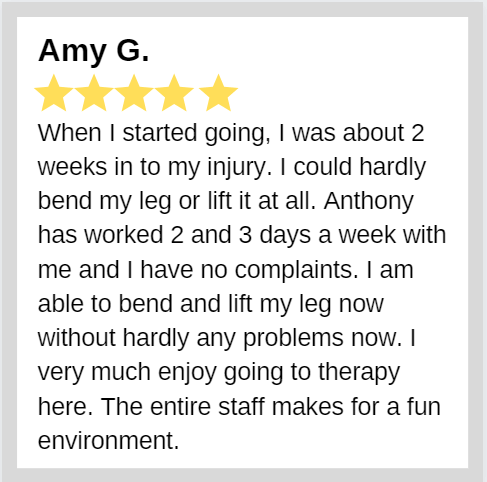
An occupational therapist’s goal is to help you gain as much independence as possible after your injury. To that end, occupational therapy focuses on integrating adaptive devices into your daily life to support your independence at home and at work.
The devices your occupational therapist may recommend include wheelchairs, lifts, spinal braces and orthoses, controls for home (for lights, television, or phones), bathroom equipment, and tools to make driving easier.
Healing the Mind and the Spine: Psychological Aspects of Spine Rehabilitation
Recovering from a significant spine injury is much more than physical: There are major mental and emotional hurdles to clear. In addition to an occupational therapist, you may work with a psychologist and recreational therapist to support your total well-being.
These health care professionals will help you, and your family adjust to the changes that come with living with a SCI. They may use talk therapy, music therapy, and other techniques and activities to help you manage depression and anxiety while building confidence and coping skills.
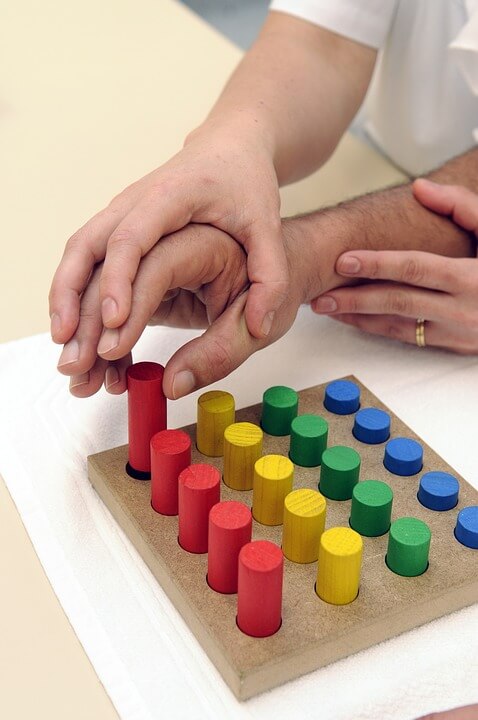
Spine Rehabilitation: The Road May Be Long, But You’re Not Alone
After suffering a traumatic spinal cord injury, you may feel like your whole world has been taken from you. Getting back from SCI is not easy: It’s long, challenging, and can wear on even the strongest individual.
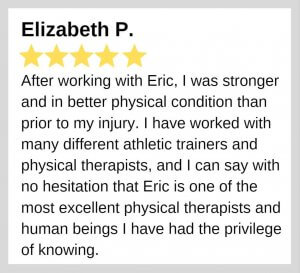
Rely on your health care team: These professionals will give you the best chance of regaining function, gaining back the function you have, and preserving a good quality of life. Also, know that the medical community is continually learning more about how to improve the lives of people affected by SCI.
[do_widget id=recent-posts-2]
[do_widget id=categories-2]
© 2019, precision sports physical therapy. all rights reserved.
WE CAN DO ALL THINGS THROUGH CHRIST, WHO STRENGTHENS US.

